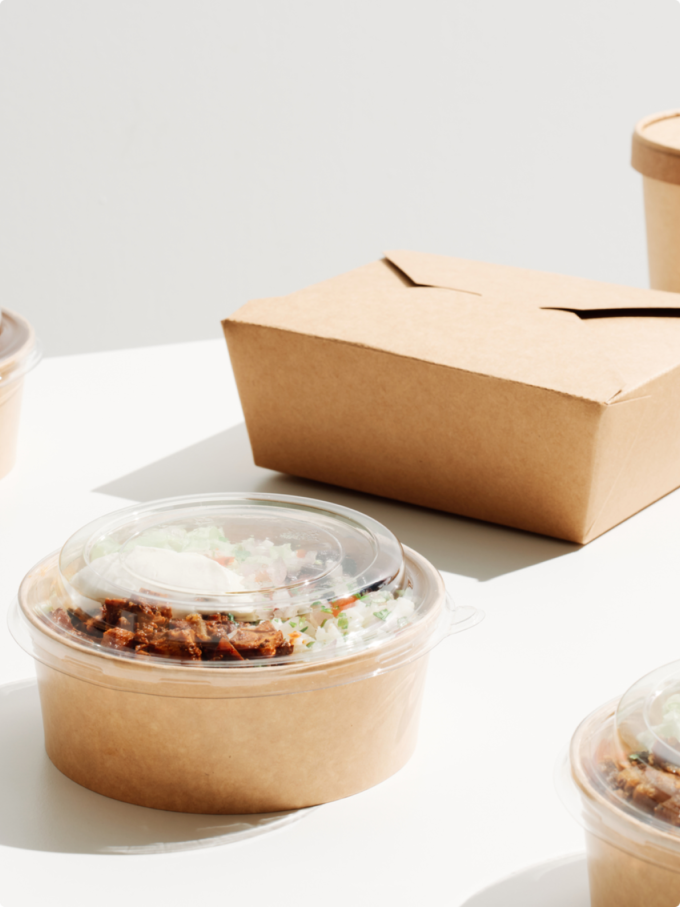
(Adapted from USCC’s Compostable Products Primer)
The ASTM standards for compostability were developed over a 5-year process from 1991 to 1996. 15 organizations formed the Degradable Polymeric Materials Program as part of the American Society for Testing and Materials (ASTM) Institute for Standards and Research (ISR). The objective of the program was to determine the behavior of degradable polymeric materials in real disposal systems and to correlate those results to laboratory tests in order to assure that such materials are safe for disposal and effectively degrade. After five years of testing, the “Standard Guide to Assess the Compostability of Environmentally Degradable Plastics” was issued in October 1996. This became the reference document that the D20.96 ASTM Committee used to create the ASTM standards and specifications for compostable plastics.
Compostable plastic is defined by ASTM as “a plastic that undergoes degradation by biological processes during composting to yield carbon dioxide, water, inorganic compounds, and biomass at a rate consistent with other known compostable materials and that leaves no visible, distinguishable, or toxic residue. ASTM D5338 is the test method created for determining “Aerobic Biodegradation of Plastic Materials Under Controlled Composting Conditions”.
ASTM analyzed three tiers of testing – 1) Rapid screening, 2) Laboratory and pilot-scale composting, and 3) Field / full scale assessment – and concluded that laboratory and pilot-scale were the most reliable for determining compostability due to an ability to control variables.

The “laboratory and pilot-scale tests” for biodegradation and disintegration called for in the ASTM D5338 test method are conservative, repeatable, and specifically designed to be proxies for real world composting conditions. Still, there is no standardized set of operating conditions that all composters must adhere to when processing compostable products or any other material. This makes creating a lab test designed to mimic real world composting conditions inherently problematic.
BPI is supportive of the work that has been done to test BPI-Certified products in different real world composting environments. This report (August 2021) consolidates publicly available data on field testing of compostable products, and shows that over 1,000 BPI-Certified products have passed field tests, many in as little as 49 days.
In 2022, BPI and stakeholder partners from across the US and Canada registered an ASTM work item to develop an independent, standardized field test method. While still in process, the proposal is to:
Overall, the goal is to focus on products and categories that are consistently not breaking down, rather than repeating tests on items that consistently perform well.
While a standardized field testing protocol will help generate reliable data on what is and is not breaking in down in real world environments, it does nothing to address the contamination from non-compostable products that composters continually cite as the primary hurdle to broader acceptance of compostable products.
Contamination from non-compostable products is a serious problem that BPI is addressing on many fronts. One of those initiatives is a free service for composters that wish to have an item from their overs tested to determine whether not the item is compostable or not. This program is open to all composters in the US and Canada.